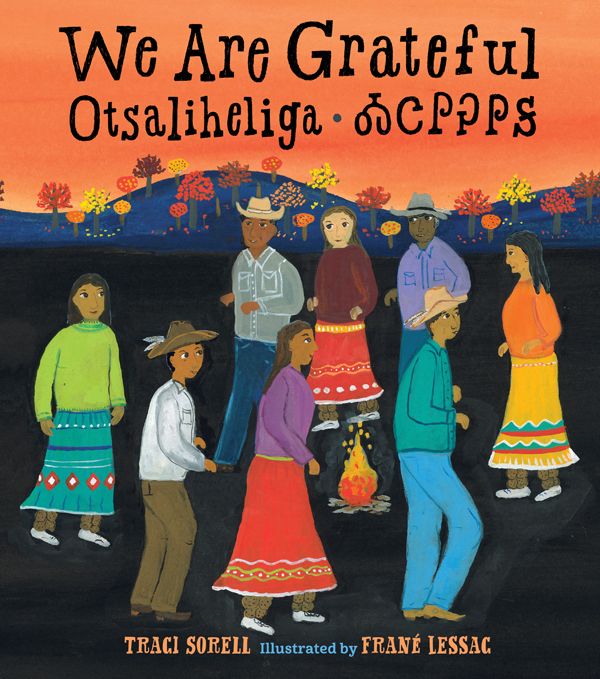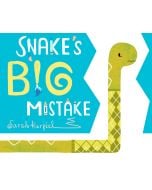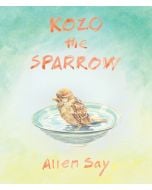
We Are Grateful: Otsaliheliga
By Traci Sorell
Illustrators
Illustrated by Frane Lessac
Edition
2020 Bill Martin, Jr. Picture Book Award nominee
2019 Boston Globe–Horn Book Award Honor, Picture Book
2019 Sibert Award Honor
2019 NCTE Orbis Pictus Award Honor
ALSC Notable Children's Books - 2019
CCBC Choices 2019 Choice: Seasons and Celebrations
CSMCL Best Books - 2018
2018 Book Launch Award Winner
Kirkus Best Books, Picture Books - 2018
NPR’s Book Concierge - 2018
School Library Journal Best Books - 2018
By Traci Sorell
Hardcover edition
Publisher Charlesbridge Imprint Charlesbridge ISBN9781580897723
Awards and Honors American Indian Youth Literature Award Honoree - 20202020 Bill Martin, Jr. Picture Book Award nominee
2019 Boston Globe–Horn Book Award Honor, Picture Book
2019 Sibert Award Honor
2019 NCTE Orbis Pictus Award Honor
ALSC Notable Children's Books - 2019
CCBC Choices 2019 Choice: Seasons and Celebrations
CSMCL Best Books - 2018
2018 Book Launch Award Winner
Kirkus Best Books, Picture Books - 2018
NPR’s Book Concierge - 2018
School Library Journal Best Books - 2018
We Are Grateful: Otsaliheliga
 15.8
15.8
Out of stock
SKU
9781580897723J
The word otsaliheliga (oh-jah-LEE-hay-lee-gah) is used by members of the Cherokee Nation to express gratitude. Beginning in the fall with the new year and ending in summer, follow a full Cherokee year of celebrations and experiences. Written by a citizen of the Cherokee Nation, this look at one group of Native Americans is appended with a glossary and the complete Cherokee syllabary, originally created by Sequoyah.
Glossary. Author’s note. Cherokee syllabary. Full-color gouache illustrations.
Glossary. Author’s note. Cherokee syllabary. Full-color gouache illustrations.
|
Standard MARC Records Cover Art |
Character Building Elementary (Grades 1-4)
Character Building Elementary
Character Building Elementary (Grades 1-4)
For Grades 1-4
This collection provides 12 books per year that inspire thoughtful discussions on kindness, ethics, and loyalty. With a mix of engaging fiction, nonfiction, and biographies, these stories help children develop empathy, resilience, and strong values.
12 books per Year
$236.64 per Year
Interests
Biographies, Nonfiction, Positive Messages




